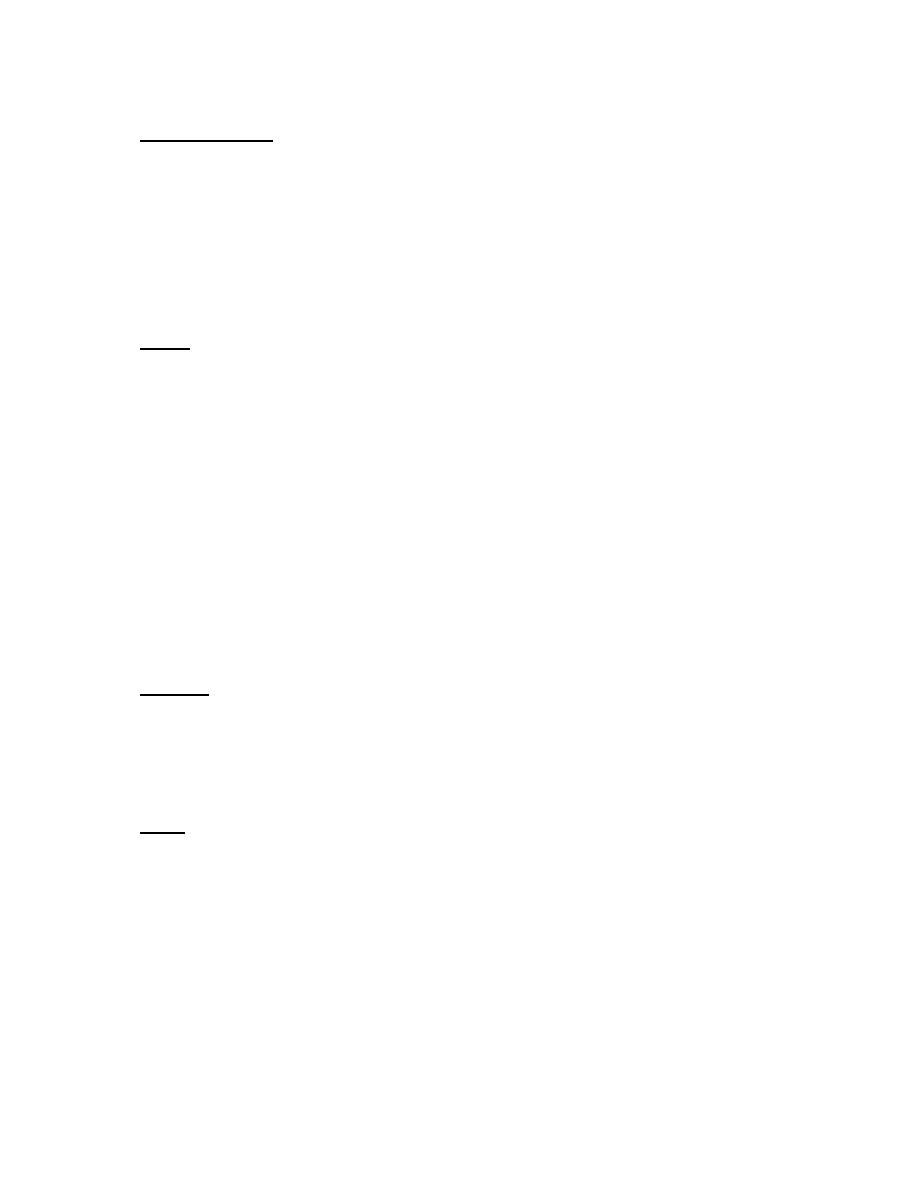 |
|||
|
|
|||
|
|
|||
| ||||||||||
|
|
 TM 55-1930-208-24
3-23. COOLER, LUBRICATION OIL - Continued.
b. Cleaning Continued.
(2) Clean the coolant side of the core as follows Continued:
(c) Dry the core with low pressure, compressed air.
(d) Apply primer coating to core after drying.
NOTE
Do not attempt to clean an oil cooler core when an engine failure occurs in which metal particles
from worn or broken parts are released into the lubricating oil. Replace the core.
c. Testing.
(1) Make a suitable plate and attached to the flanged side of the oil cooler core.
(2) Make a rubber gasket to insure a tight seal between the plate and core.
(3) Drill and tap the plate to permit an air hose fitting to be attached at the inlet side of the oil cooler
core.
WARNING
Wear eye protection to prevent personal injury in the event that there is a rupture in the
pressurized system.
(4) Attach an air hose and apply 75-150 psi (517-1034 kPa) air pressure. Then submerge the oil
cooler core and plate assembly in a tank of heated water (180 or 82 ). Any leaks will be
F
C
indicated by air bubbles in the water.
(5) After the pressure check is completed, remove the plate and air hose and dry the oil cooler core
with compressed air. Replace the oil cooler core if leaks were indicated.
d. Inspection.
(1) Inspect for missing or damaged hardware.
(2) Inspect cover for cracks or warping.
(3) Inspect core for cracks or signs of leakage.
e. Repair. Repair is limited to replacement of defective parts.
3-94
|
|
Privacy Statement - Press Release - Copyright Information. - Contact Us |